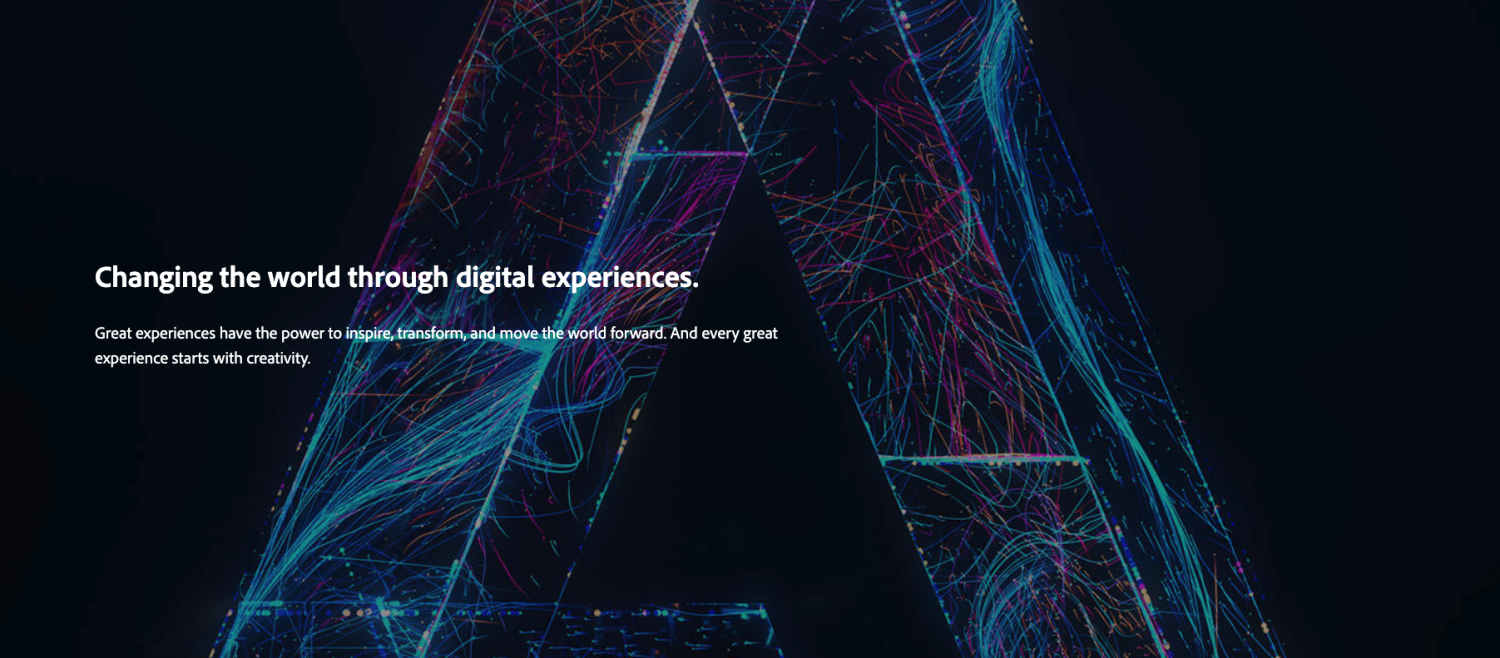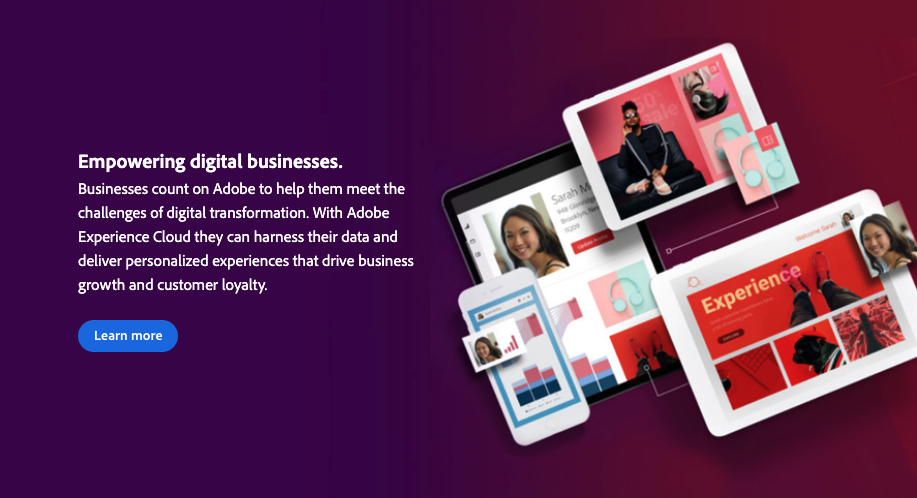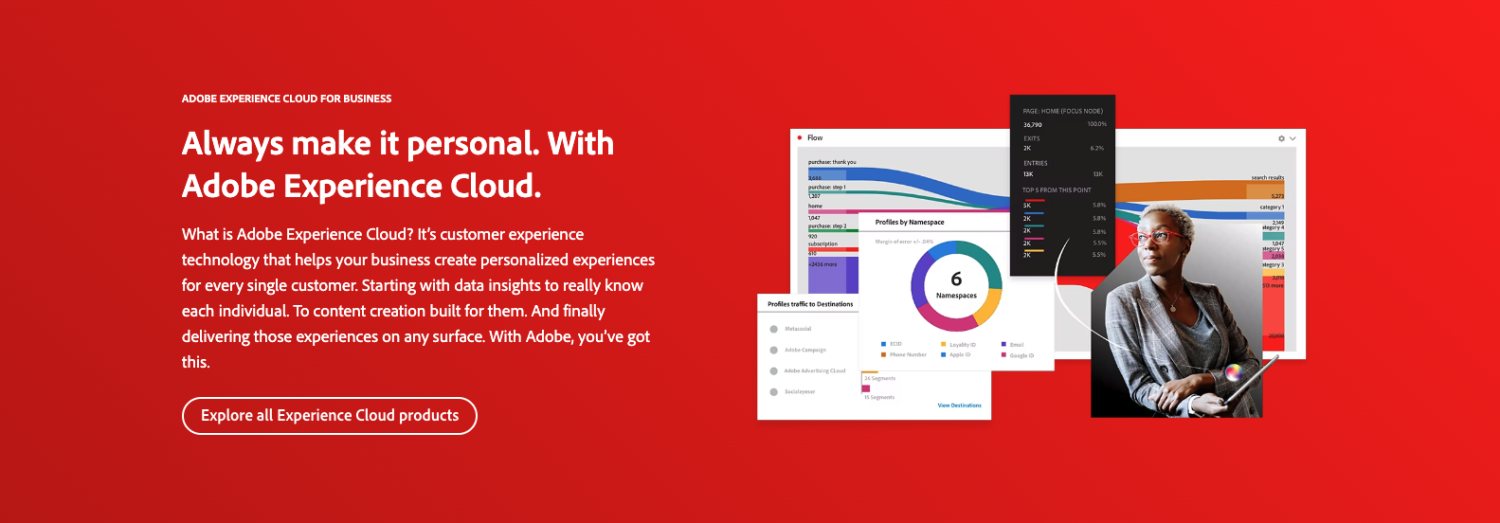Sounds like a contradiction in terms, doesn't it?
‘Exactly. At the core, for marketers, it's a data and a content velocity challenge. So you need to stitch together all your separate data channels, you need to be able to refresh the views you have of each individual in real time, and then you need content velocity to match the insights you're gathering for each of those customers.’
You also researched that brands nowadays largely fall into three distinct categories…
‘
Adobe partnered with the London School of Economics towards the end of 2020 to assess the profile of brands and companies that would succeed through a crisis. We wanted to see if there were defining attributes for those companies. Broadly speaking, they categorized the companies into three categories: survivors (35%), hiders (40%), and thrivers (25%). In terms of a brand response to a crisis, thrivers perfected the balance between long- and short-term remedies to the moment. With little to no reduction in spending, while focusing on market adaptation to continue growth. The key takeaway is: when faced with a crisis, they doubled down on their strategy. The latter requires you to have good strategy. Good strategy requires good leaders who are aspiring with clear strategy connected to their employees, and as a consequence to their customers. They are also aware of the front-line realities of their organization. Thrivers are defined by agility. Survivors are the opposite; unaware, uninspiring, not connected. When faced with a crisis they’ll default to short-term remedies, such as: cut spending, cut staff, reduce innovation.’
And what defines the hiders?
‘Hiders kind of sit on the fence, they don't index or have a bias towards innovation in a crisis. They'll stick to what they know best and hope that they will outlast the situation in their middle-ground position.’





